Fiber Reinforced Concrete
Fiber reinforcement provides added value to your concrete by reducing plastic shrinkage cracking, increasing structural strength, and in some cases, reducing the need for rebar or wire mesh on the jobsite.
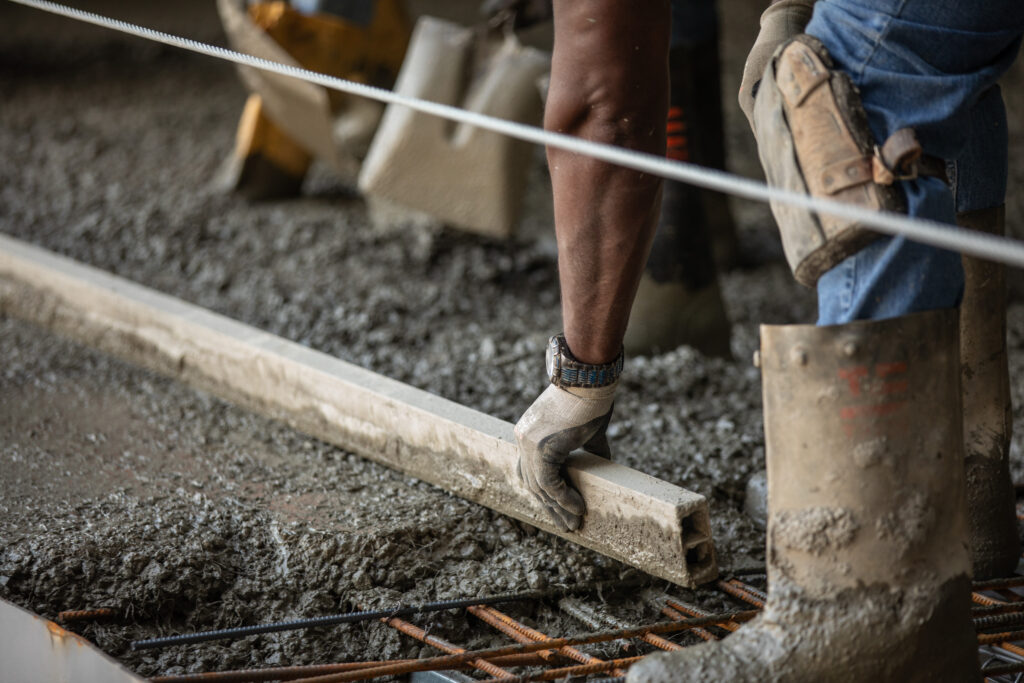
Fiber Reinforced Concrete Overview
A versatile mix, fiber-reinforced concrete can be used for slab on grade and pavements without the increased cost of using rebar. This versatility is due to the wide range of fibers available in different shapes, dimensions, lengths, and compositions.
Adding fiber to a concrete mix (like our OzFlat Series) can reduce cracks, increase impact resistance, and generally increase strength. With a wide array of fibers to choose from, we can help you find the right reinforcement solution for your application.
Fiber Types
Fibers play an important role in concrete reinforcement. However, not all fibers are the same:
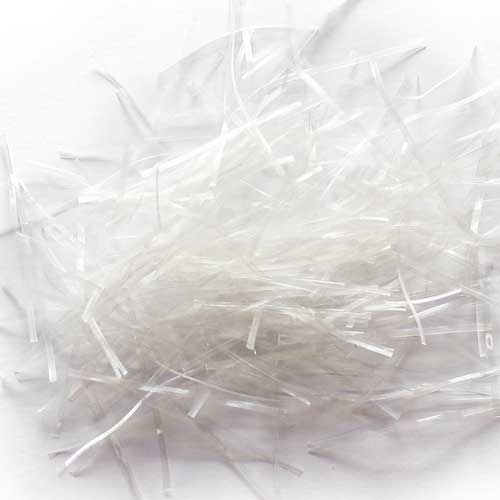
Micro-synthetic (stealth fiber)
Monofilament fibers, also known as micro-synthetic fibers, have a high modulus of elasticity and high tensile strength. These types of stealth fibers quickly distribute through the concrete to help reduce plastic shrinkage cracking between control joints. The finishability for this type of fiber reinforcement works well in all slab-on-grade applications.
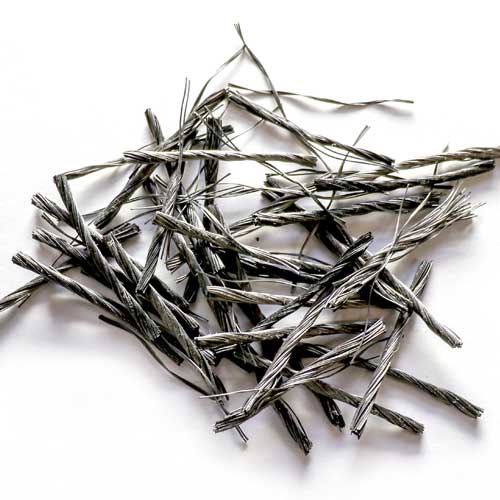
Macro-synthetic (structural fiber)
Macro-synthetic fibers offer similar benefits to steel fibers without the risk of corrosion sometimes associated with steel. Macro fibers will increase the toughness and durability of the concrete and can be added at a much higher rate per unit volume than traditional steel fibers.
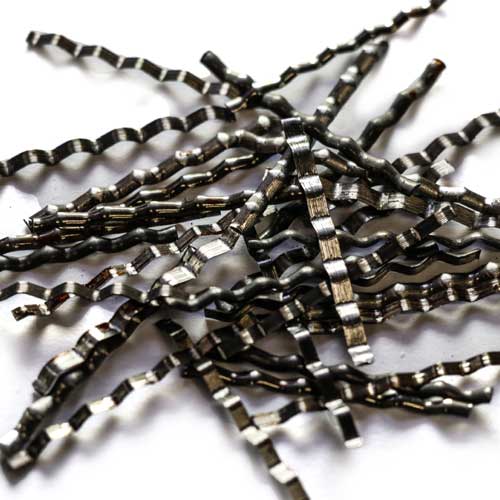
Steel Fibers
Steel fibers are great for heavy-duty and industrial applications where superior crack control and impact resistance is a must. Steel fibers are engineered to give concrete long-term performance in heavy use areas.
Different types of fibers provide different benefits. While steel fibers can help improve general structural strength and reduce the need for steel reinforcement, others such as nylon-based fibers can improve concrete’s resistance to shrinkage while curing. Most fibers also improve freeze-thaw resistance.
Need design assistance to use fiber reinforcement? Contact our knowledgeable customer service team to learn more.
Residential Exterior Flatwork
Micro Synthetic Fiber – Monofilament
Recommended Dosage: 0.5 lbs./cubic yard
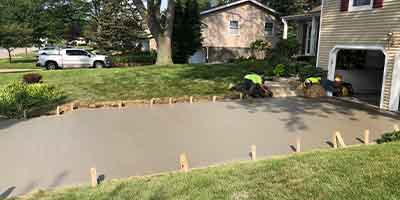
- ASTM Standard: Polypropylene ASTM C1116, Type III for plastic shrinkage crack reduction, improved impact and toughness properties, minimizes fiber-reinforced finishing concerns
- Recommended Product: OzFlat Mix Series
Residential Interior Flatwork
Micro Synthetic Fiber – Fibrillated
Recommended Dosage: 0.5 lbs./cubic yard
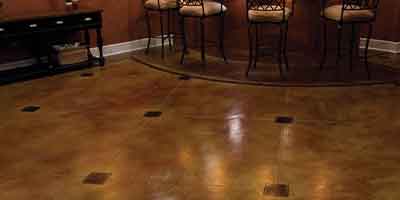
- ASTM Standard: ASTM C1116, Type III for plastic shrinkage and settlement crack control. May also replace typical light gauge-welded wire mesh for temperature crack control and inhibits and controls the formation of intrinsic cracking in concrete
- Further improves impact and toughness properties and abrasion resistance.
Commercial Interior and Exterior Flatwork
Macro Fiber
Recommended Dosage: Minimum 3 lbs./cubic yard

- ASTM Standard: ASTM C1116, Type III for commercial applications and replacement of WWF and light gauge reinforcement for post crack control
Elevated Deck
Macro Fiber
Recommended Dosage: Minimum 4 lbs./cubic yard*
*As endorsed by Steel Deck Institute

- ASTM Standard: ASTM C1116, Type III for commercial applications and replacement of WWF and light gauge reinforcement for post crack control
- Recommended Product: Contact us for technical assistance.
Industrial Concrete Floors
Steel Fiber
Recommended Dosage: Average 25+ lbs./cubic yard
Slab Systems, Loading Docks, Retaining Walls, Composite Metal Decks, Equipment Foundations, Overlays, Blast Resistant Concrete

- ASTM Standard: ASTM A820 Type V, ASTM C116 Type I, UL classified for use as an alternate or in addition to welded wire fabric in ceiling D700, D800, D900 series designs
- Increased crack resistance, ductility, impact resistance and toughness, and load bearing capacity
- Reduces long-term drying shrinkage
- Reduces labor costs when compared to conventional reinforcement

Sandy Pines Golf Course
Customer: Hamstra Builders
Location: Sandy Pines Golf Course
Type of Work: Concrete Paths
Volume: 200 cubic yard
As part of an improvement plan for Sandy Pines golf course, Hamstra Builders planned to replace several asphalt paths with 200 yards of concrete on the property. Due to these areas getting a good amount of foot and vehicle traffic, the plan included steel reinforcement. With the rising cost of steel, as well as a number of other benefits, a material swap of macro fibers was suggested for the otherwise proposed steel reinforcement.

A simple conversion showed that 5 pounds of fibers per cubic yard would be a suitable replacement for thickness of the proposed slab. The use of macro fiber reinforcement had no negative effect on the look or finish of the concrete paths and didn’t change or slow down the process or timeline of the project. This simple change saved money in both materials and labor.
Why You Should Use Fiber Reinforcement
Increase Toughness and Durability
If you want to increase toughness and durability of residential concrete, such as patios, synthetic fiber can help. This product is uniformly distributed and provides secondary reinforcement for improved durability.
For industrial projects, macro-synthetic fibers are used to improve concrete’s durability. Made from synthetic materials, these fibers are long and thick in size and may be used as a replacement for bar or fabric reinforcement.
Decrease Cracking
Polypropylene fibers will help to decrease cracking by protecting the concrete from stresses when it’s most vulnerable, typically during the first 24 hours after placement.
If you’re looking to reduce cracking for industrial applications, steel fibers are a great choice. Micro cracks naturally appear in concrete due to shrinkage, and as they continue to grow, they may intertwine with one another and become larger, which can create visible cracking in the concrete. Steel fibers counteract this by intersecting the cracks and stopping their growth, thus reducing cracking and creating a more aesthetically pleasing slab.
Improve Freeze-Thaw Resistance
When water freezes, it expands. Since there is water in moist concrete, it’s susceptible to freezing, which creates pressure in the concrete’s pores. If this pressure exceeds the concrete’s tensile strength, it can rupture. When concrete is exposed to multiple freeze-thaw cycles, cracking, scaling, and crumbling can occur.
Reduce Effects of Shrinkage
During the curing process, concrete experiences shrinkage as the water evaporates. This process can cause cracks or other imperfections in the concrete. Fibers can help redistribute shrinkage to reduce cracking when placed between control joints, reinforcing the jointing of slabs.

Common Concrete Problems and How to Fix Them
Concrete can add beauty and durability to many residential and commercial projects. It works great on driveways, patios, parking lots, walkways, roads, and so much more, and it creates a timeless look. While concrete offers many benefits, it’s not always perfect. Improper processes and maintenance, as well as certain weather conditions, can cause a few
Read full solution
How to Maintain Concrete
Whether you have a large concrete driveway or a small concrete patio, you want to extend the life of the flatwork and keep it looking great for a long time. Knowing how to maintain concrete can be the difference between concrete that grabs attention versus concrete that people are scared to walk on. Thankfully, maintaining
Read full solution




